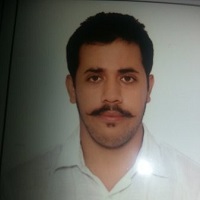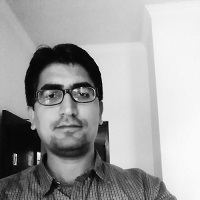

|
The 4 L technique is the appropriate approach for the retrospective meeting. The L stands for Like, Learned, Lacked, Longed for. Thoughts are shared in the team for what is Liked by them, what is learned by them, things that they are doing but think can be done even better and something the team desired for or wished.
|
 |
All stakeholders are present, everyone notes down
Then the team can vote on top 3 actions, document the action items with owner and estimate.
Close the meeting with celebration for the successful sprint. |
 |
Retrospective techniques are chosen based on what team needs to focus on. A few examples are
|
 |
|
The Scrum team along with Product Owner and Scrum Master participate in Retrospective meetings. We use co-design technique of individual ideation and brainstorming wherein everyone ideates individually first and writes ‘what went well’, ‘what didn’t go well’ and ‘what can be improved’ on separate post-its. Everyone (in a round-robin fashion) quickly presents ‘‘What went well’. Then, we move to ‘What didn’t go well’ and brainstorm what can be done to improve the current state. Then, Whatever is left in ‘What can be improved’ is picked up for discussion.
Additionally, as ScrumMaster, I like to come prepared with some data eg, testing defects density, sprint goal met or not and velocity trends. And discuss improvement actions.At times, we use multi-voting technique to agree on actions.
The key thing is to pay attention & respect to everyone’s inputs.
|
|
Ideally retrospect means for team is to look back at past events, hence this is used to identify the areas that need improvement as well as celebrate the success that is achieved. So, I organize this meeting, I gather lots of relevant data, I focus on the facts and insights. We in meeting along with retrospect discussion, create Action plan for the improvement and adoption of improvement. Then I wrap up the meeting.
|
 |
|
Whatever the technique is, intention is one. Inspect and adopt, try to learn something from the deeds. For gathering information from team there are various techniques that can be followed. Identify a gamified technique for your team to get better results based on people, culture and mindset.
Set the stage to have a happy, healthy and safe environment, use your gamified/interesting technique to gather the data, brainstorm the information available and generate insights out of it, finally implement the consensus building technique to come up with action items.
Now you know what you have to carry forward, what we have to rectify, work them accordingly. Happy PDCA cycle.
|
 |
Various techniques :
|
|
he technique we follow is to walk through the HPD Jira item (internal notation of the feature/story) completed for that sprint by the respective Team pod member. Along with PO, Stakeholders and Senior mgmt will review and suggest if any changes/Approves them.(abbreviation: Healthipass prod dev(HPD))
|
 |
|
Post-It’s with What worked and What did not work, followed by categorization and brainstorming on them. Finally get commitment on what we will experiment next sprint
|
|
Intent of Retrospective meeting is to get things from team which can help them improve. We use different games like Learning Matrix, Plus-Delta, Team Craft, SaMoLo+ etc based on how sprint went and what things need to be brought up.
|

We have published all the 3 blogs of Level 1 :
Would you like to answer this question, send your answer on support@izenbridge.com, your answer will get reviewed by Expert and if your answer qualifies that will be published in the same blog with your name.
| Name | Date | Place | – |
| CSM Certification and Training | 15 – 16 November 2025 | Bangalore | More Details |
| CSM Certification and Training | 15 – 16 November 2025 | Pune | More Details |
| CSM Certification and Training | 20 – 21 November 2025 | Delhi | More Details |